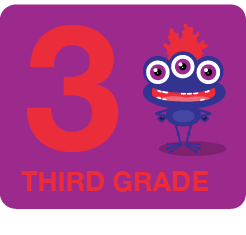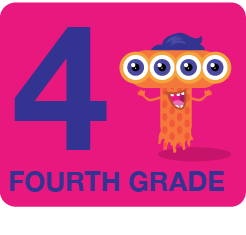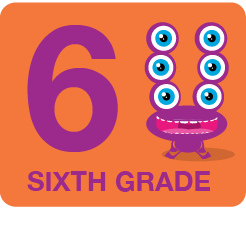The worksheet titled "Find the Way From Start to End Using Multiples" features a large grid filled with numbers. The box in the top left-hand corner is labeled "Start" and the box in the bottom right-hand corner is labeled "End." Students must use multiples to draw lines between boxes and find their way from the "Start" box to the "End" box.
The directions instruct students on what multiples to follow in order to get to the end. For example, on one worksheet, they must find multiples of nine. In the first couple of puzzles, students are not allowed to go diagonally. As the grids get bigger and contain more squares and larger numbers, students can go up, down, left, right, and diagonally.
Numbers do not always go in order, giving students an extra challenge. For example, when finding multiples of five, students may draw a line from a square containing the number 280 and then draw the next line through a square with the number 65.
The concept of multiples is foundational to many other math applications, like multiplication and factors in division.
Simple activities can ask students to list multiples with a starting number. They can also fill in the blanks in a string of multiples or circle all the multiples of a number.
Practicing multiples lends itself well to maze-like math puzzles. For example, students can start in a box on a grid that's filled with lots of different numbers. They must draw a line through numbers that are multiples of a starting number, like 11, to get to the end. A connect the dots activity could reveal a shape or picture that students write at the bottom of the worksheet.
Find the Way From Start to End Using Multiples
Additional Educational Resources:
Multiplication and Mental Math Large Workbook - (Grade 3)
Estimation and Number Theory Large Workbook - (Grade 4)
Quick Assessment - Algebra Foundations - Variables in Action: Building and Solving One-Step Equations
Quick Assessment - Number Sense: Estimation, Factors & Multiples
Find the Way From Start to End Using Multiples
GRADES:




Additional Educational Resources:
Multiplication and Mental Math Large Workbook - (Grade 3)
Estimation and Number Theory Large Workbook - (Grade 4)
Quick Assessment - Algebra Foundations - Variables in Action: Building and Solving One-Step Equations
Quick Assessment - Number Sense: Estimation, Factors & Multiples

